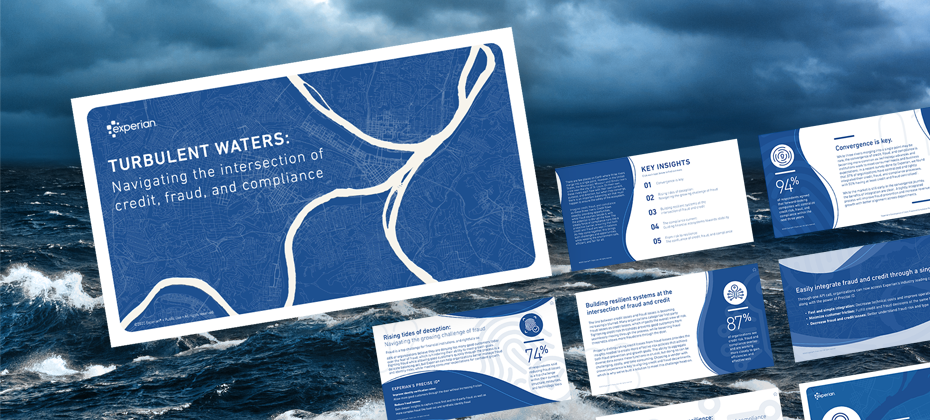The value of a good decision can generate $150 or more in customer net present value, while the cost of a bad decision can cost you $1,000 or more. For example, acquiring a new and profitable customer by making good prospecting and approval and pricing decisions and decisioning strategies may generate $150 or much more in customer net present value and help you increase net interest margin and other key metrics. While the cost of a bad decision (such as approving a fraudulent applicant or inappropriately extending credit that ultimately results in a charge-off) can cost you $1,000 or more.
Why is risk management decisioning important?
This issue is critical because average-sized financial institutions or telecom carriers make as many as eight million customer decisions each year (more than 20,000 per day!). To add to that, very large financial institutions make as many as 50 billion customer decisions annually. By optimizing decisions, even a small 10-to-15 percent improvement in the quality of these customer life cycle decisions can generate substantial business benefit.
Experian recommends that clients examine the types of decisioning strategies they leverage across the customer life cycle, from prospecting and acquisition, to customer management and collections. By examining each type of decision, you can identify those opportunities for improvement that will deliver the greatest return on investment by leveraging credit risk attributes, credit risk modeling, predictive analytics and decision-management software.


